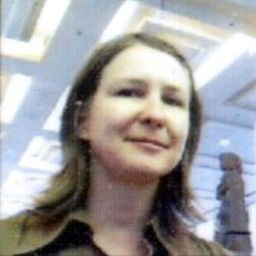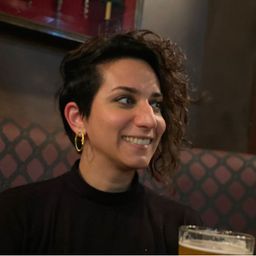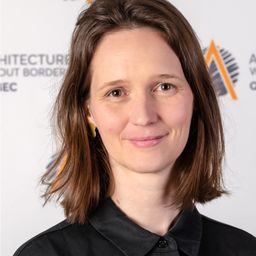Seeing, hearing, experiencing, tasting architecture... I
My Session Status
Lunch 12:30 PO POŁUDNIU do 02:00 PO POŁUDNIU (1 godz. 30 min.)
Lunch 12:30 PO POŁUDNIU do 01:30 PO POŁUDNIU (1 godz.)
“Felt experiences” have become key components of our understanding of the world in the digital age, which could explain the increase in research on the diversity of the ambiences experienced in built environments.
These approaches, which sometimes give privileged access to worldviews or lead to design modes that are more attentive to the experience of users, shed new light on previously neglected elements that more accurately reflect the multiple relationships between humans and the built environment.
This workshop welcomes proposals that address concrete cases as well as theoretical, epistemological, methodological, or pedagogical reflections, focusing on sensitive experience or architectural ambiences, and potentially leading to a more refined, cross-cutting understanding of Canadian urban environments, particularly with respect to the issues raised by heritage. Considered as objects of urbanity, material productions thus testify to the renewal of collective (and individual) relationships to spaces. Architecture is experienced on a daily basis, and this session intends to reflect how diverse individuals co-construct their identities in and through these places.
Elementy podrzędne
Through an investigation of the Citadel Theatre of Edmonton, one of the largest North American theatres, I investigate works of architecture as physical indices of colonial violence. This investigation is made through a postcolonial and ecomaterial framework that enables me to focus on the materials used in the building of the Citadel Theatre: both their geographical origin (Medicine Hat, Alberta, and California) and the labor that has gone into its extraction. Labor and extraction tie bui...
Through twenty-eight encounters, site history is explored differently; colour becomes a lens of site analysis that traces social, economic, and environmental accounts of materials, while challenging the familiarity of linear narratives and the perception of time and space. Traces of colour are stripped from written, verbal, and spiritual histories of industrial ruins. Extracting this spectrum of pigments creates material ambiguity where constructed divisions between what is human versus wh...
This communication will reflect on how architecture articulates a world that is both energetic and informational. To use the senses as an analytical tool is to consider the sensorium as a reliable intermediary for sorting the noisiness of embodied experience. That something in this noise merits mention can be understood as a foundational point for information to become knowledge, to be immortalized and passed on. The intentionality with which one looks at the world is, of course, personal,...
Par le dépouillement des archives personnelles de Melvin Charney (1935-2012), un architecte, artiste et théoricien montréalais de renom, et l’analyse du contenu de documents produits de l’enfance jusqu’à la fin de sa formation en architecture (soit principalement de 1947 à 1965), la généalogie – ou les contours - de ses réflexions sur la photographie et de ses manières d’intégrer la photographie à sa pensée et sa pratique en architecture a été retracée. Ont notamment été découvertes, dans ...
The sound of recreational activities is often considered a necessary nuisance of urban economy to be mitigated, especially during nighttime. While urban life must respond to the needs and expectations of both residents and visitors, noise is a particularly contentious topic as it sits at the intersection of concerns on liveability of and vitality and challenges ideas on successful sonic cohabitation. However, research conducted in Montreal’s downtown area shows that the sounds from recreat...





Discussion